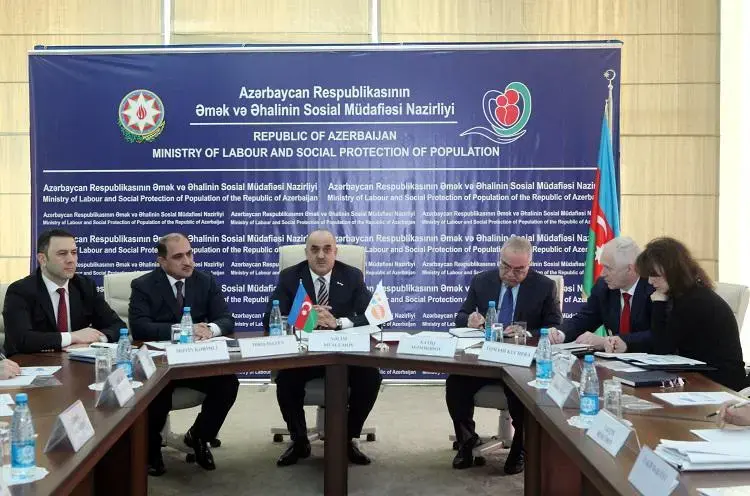Azerbaijan is the most dynamic nation in the South Caucasus in terms of demographic development. In 2018, Azerbaijan’s population reached 10 mln. Population growth in Azerbaijan was and continues to be ensured almost exclusively by an excess of the number of births over the number of deaths; the impact of external migration on the population size is insignificant. 52.8% of the population resides in urban areas. Life expectancy at birth is 74.0 years for men and 78.7 for women (2019). Although Azerbaijan has a relatively young population structure, the phenomenon of population aging is becoming more evident. Fertility rates have declined steadily over the past several years to 1.8 in 2019. The country continues experiencing severely distorted sex ratios at birth favoring male population (114 boys per 100 girls in 2019).
The principal objective of the long-term national population policy reflected in the “Concept of Demographic Development of the Republic of Azerbaijan” (1999) was to ensure quantitative and qualitative population growth by curbing negative demographic trends, consistent with the long-term national development strategy. There has been notable progress in generation of reliable socio-economic and demographic data through censuses, including the last one held in 2019 with UNFPA support, household surveys, civil and vital registration systems. Nonetheless, immature institutional capacities to generate, analyze and use disaggregated quality population data impedes effective utilization of population data systems to advance development processes. Persistent lack of availability and use of national and subnational data as well as population forecasts affects planning, resource allocation and service delivery.
UNFPA works closely with its partners and the expert community to strengthen national institutional capacities to produce, analyze and use data and evidence for informed policy and decision making to track emerging population dynamics and foster sustainable development. The strategic interventions used mainly focus on producing and use of disaggregated quality population data; building up knowledge base through assessment and in-depth analysis of population dynamics, SRH and gender equality with particular focus on those furthest behind; and advocating for mainstreaming demographic intelligence to analyze correlations between demographic changes and socio-economic development processes. UNFPA is also committed to continuing policy dialogue for improved understanding of inter-linkages between population trends and sustainable development.





